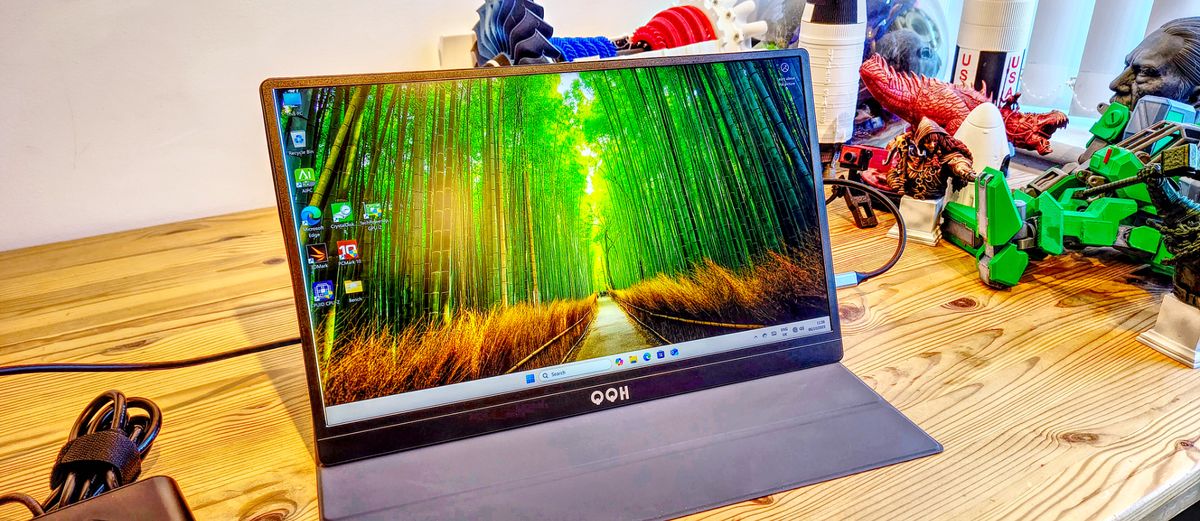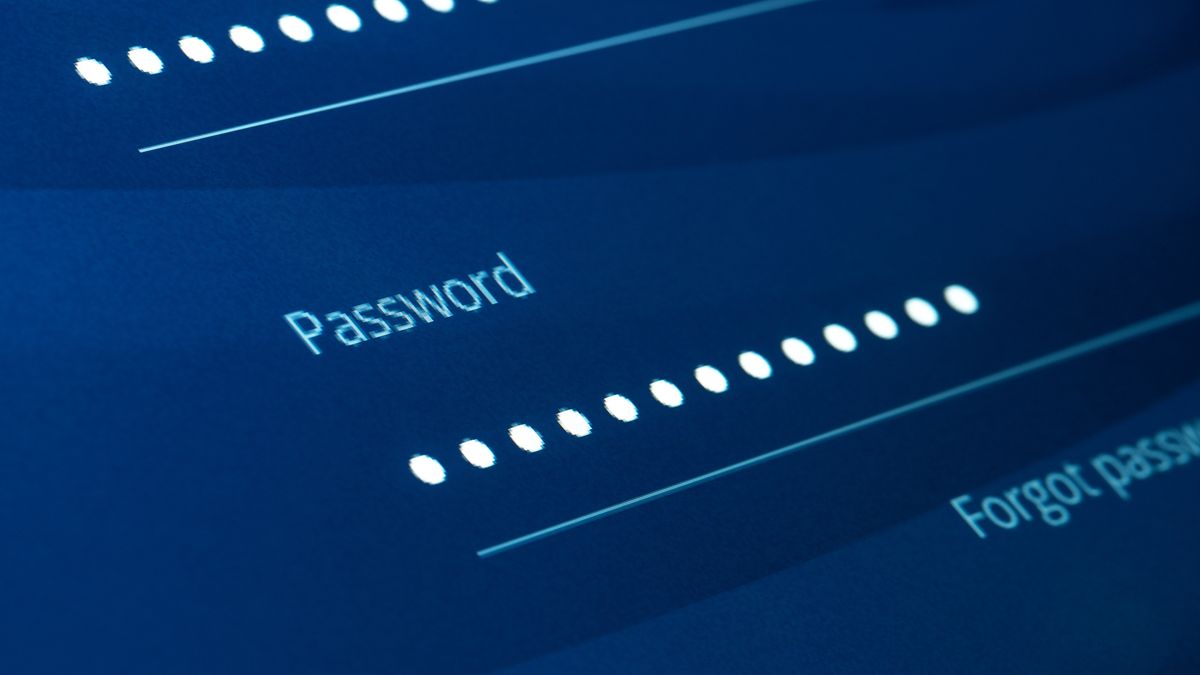Between October 11 and 13, the Sun unleashed a torrent of coronal mass ejections (CMEs). Now, these powerful bursts of solar plasma and magnetic energy are on a collision course with Earth.
Space weather forecasters expect them to arrive tonight and cause the northern lights—or Aurora Borealis—to stretch farther south than usual. NOAA’s Space Weather Prediction Center issued a G2 (moderate) geomagnetic storm watch for Thursday, October 16, with the strongest impact expected between late Thursday night and Friday morning.
Geomagnetic storms—major disturbances in the Earth’s upper magnetosphere—cause aurora to become brighter, more active, and move farther away from the poles. NOAA’s aurora forecast for tonight shows 15 states above the aurora view line, meaning they have a decent chance of seeing the northern lights.
Those states include Alaska, Washington, Idaho, Montana, North Dakota, South Dakota, Minnesota, Wisconsin, Michigan, New York, Maine, New Hampshire, Vermont, Wyoming, and Iowa.
If you’re hoping to catch a glimpse of the aurora tonight, make sure to choose a viewing location with minimal light pollution, a clear view of the northern horizon, and cloudless skies. The best time to look up is between midnight and 2 a.m. local time, when skies are darkest.
What’s causing this geomagnetic storm?
It’s been a wild week for solar activity. Sunspot region AR4246—a large, complex, and active grouping of sunspots—has been firing off a barrage of M-class (medium-sized) solar flares. One of these flares, which erupted on October 13, is associated with one of the CMEs currently heading toward Earth.
When an Earth-facing sunspot—a cooler region on the Sun’s surface caused by a concentration of magnetic field lines—produces a CME, the ejected material hurtles toward our planet at breakneck speed. Once it reaches Earth’s magnetic field, the influx of charged particles and energy can trigger a geomagnetic storm.
Depending on its severity, a geomagnetic storm may increase the likelihood of visible auroras, disrupt power grids, satellites, and other infrastructure, and cause radio blackouts.
What to expect from this G2 storm
The arrival of multiple CMEs in quick succession tonight could result in a “stacked” impact. This compounding effect can intensify a geomagnetic storm’s strength and duration, making it more likely to disrupt technology and produce auroras at lower latitudes than usual.
That said, forecasters aren’t anticipating any severe impacts from tonight’s storm. In addition to helping the aurora appear a bit farther south, it may cause some manageable disruptions to technological infrastructure, according to NOAA.
Still, geomagnetic storm impacts are difficult to predict due to the complexity of the Sun’s processes and the evolving nature of CMEs. There’s always a chance that an oncoming storm could be stronger—or weaker—than anticipated. But for folks in the northern U.S. hoping to see some dazzling aurora this week, it certainly looks like tonight is the best chance.









 English (US) ·
English (US) ·